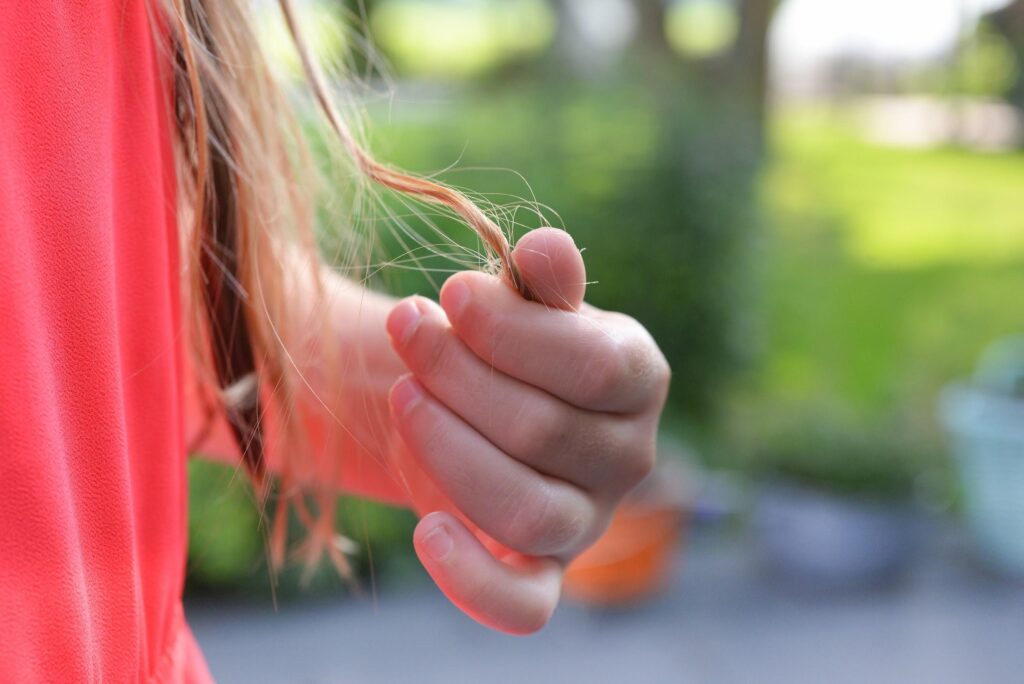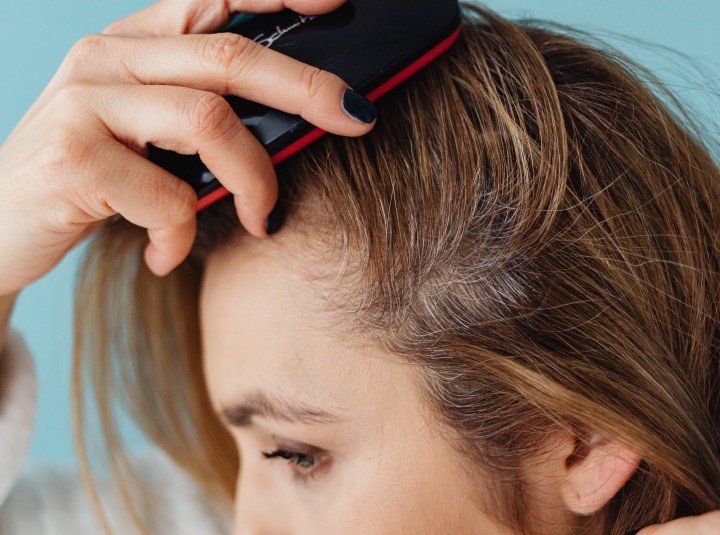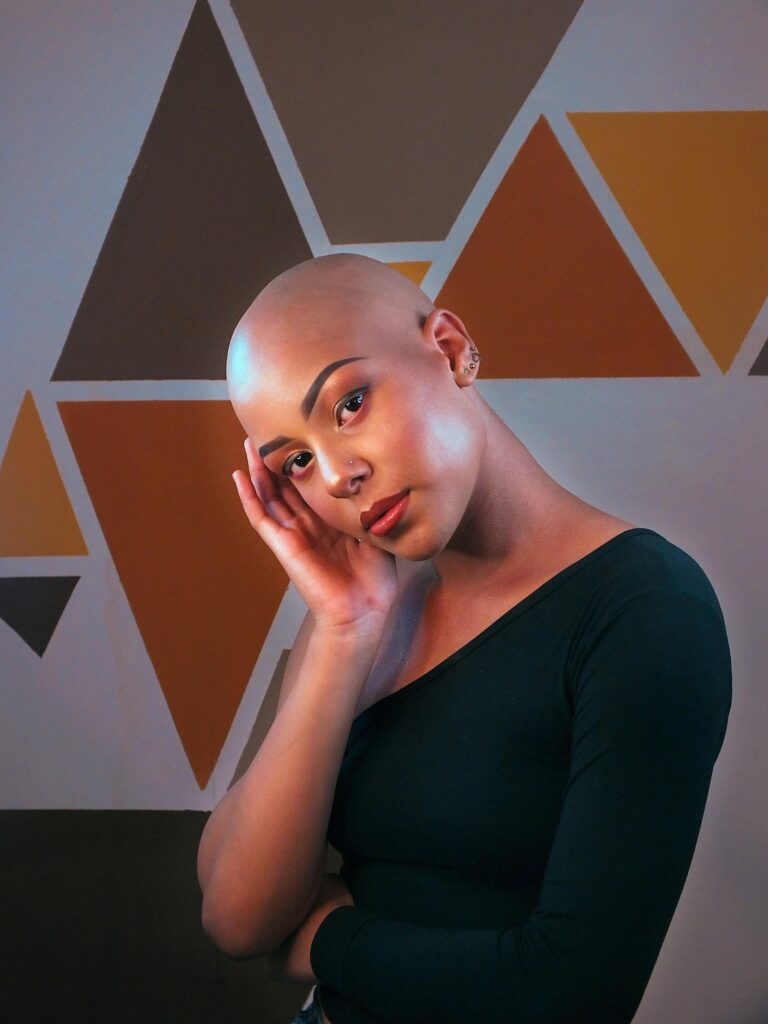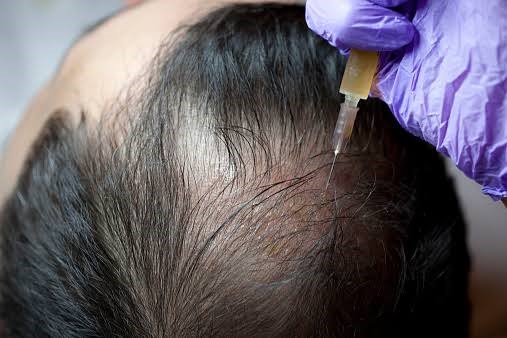Stress has a lot of impact on the human body, one of which is hair loss. In addition, the conditions go hand in hand when the body becomes excessively fatigued. What stress does is push your hair follicles to a resting phase. When this happens, that area of your head stops growing new hair.
You might be wondering what kinds of stress induces hair loss and what you can do about it. Look no further as this article explains everything you need to know about the subject matter.
Key Takeaways
Many studies have been carried out to determine the relationship between stress and hair loss. Furthermore, results showed that both had three conditions. They include:
- Telogen effluvium (which has to do with poor diet and stress).
- Trichotillomania (due to stress and anxiety).
- Alopecia Areata ( mostly has to do with aging in stress).
Though therapy can work for some of these, it is highly advised you eat and rest right.
Stress and Hair Loss: Can Anxiety Make Your Hair Disappear?
Ever noticed an increase in hair shedding after a major life event or period of intense stress? You’re not alone. The link between stress and hair loss is well-established, with millions experiencing this frustrating side effect of mental and emotional strain. But how exactly does stress impact our precious locks, and how significant can the hair loss truly be?
The Science Behind Stress and Hair Loss:
Our hair follicles go through a natural growth cycle of growing (anagen), resting (telogen), and shedding (exogen). Normally, around 50-100 hairs are shed daily, replaced by new growth. However, stress can disrupt this cycle, pushing more follicles into the resting phase prematurely. This leads to a condition called telogen effluvium, characterized by excessive hair shedding weeks or even months after the triggering event.
How Common is Stress-Related Hair Loss?
Stats show that telogen effluvium affects up to 30% of women and 20% of men at some point in their lives. It’s particularly common after major life stressors like:
- Job loss
- Divorce
- Death of a loved one
- Financial difficulties
- Medical surgery
- Severe illness
How Significant is the Hair Loss?
The amount of hair loss caused by stress can vary greatly. Some people experience diffuse thinning across the scalp, while others notice patchy hair loss in specific areas. The good news is that stress-related hair loss is often temporary. Once the stressor subsides and the body has time to adjust, hair follicles typically return to their normal growth cycle, and hair regrowth can occur within 6-12 months.
Beyond Telogen Effluvium: Other Stress-Hair Connections:
- Alopecia areata: In this autoimmune condition, stress can trigger the immune system to attack hair follicles, leading to patchy hair loss.
- Trichotillomania: This hair-pulling disorder can worsen under stress, leading to significant hair loss. We will look at these in detail shortly.
What Kind of Hair Loss is Associated With Stress?
Medically, there are a lot of hair loss conditions that have been diagnosed and talked about over the years. Researchers discovered stress and hair loss to have a cohabitation and split the conditions into three:
1. Telogen Effluvium
This condition is the most common cause of stress-induced hair loss. What happens here is that fatigue pushes your hair follicles to a vegetative state. This way, they cannot produce any new hair from those follicles. Since the follicles are now weak, all it takes for your hair to fall off is washing, combing, or even rubbing.
A related cause of telogen effluvium is poor diet and hormonal changes. Therefore, once you’re diagnosed with this condition, try your best to fix your diet. Good food doesn’t only keep you nourished; it also helps balance hormone levels.
2. Trichotillomania
If you experience hair loss because of stress, another condition you could have is trichotillomania.
Trichotillomania is a psychological condition where people pull out their hair by themselves. Although some know it as OCD, it’s quite different because this is caused by stress.
This condition is most common amongst teenage girls, and its trigger mechanisms are anxiety and stress. However, this isn’t for just the head alone, people with trichotillomania pull out hairs from other parts of their bodies too.
3. Alopecia Areata
You experience Alopecia Areata when your body’s immune system begins to attack your hair follicles. When the hair follicles are attacked, they can no longer hold or produce any hair.
People who suffer from alopecia start by experiencing thin hair, followed by bald spots. In addition, doctors are not yet precise on the cause of alopecia, but they know genetics can come to play. It isn’t precisely a stress-induced hair loss condition but makes the list because it can be very stressful.
How To Know if Hair Loss is A Result of Stress
Stress and hair loss can go hand in hand, but that doesn’t mean every hair loss condition results from stress.
There are some ways you can determine or decipher this problem. They include:
- Check to notice if you lose up to 80-109 strands of hair in a day.
- Bald patches on the head may be a sign of alopecia Areata.
- Having the frequent urge to pull out your hair may signify trichotillomania.
Managing Stress and Protecting Your Hair
If you’re experiencing stress and hair loss, there are steps you can take:
- Stress management techniques: Practice relaxation methods like yoga, meditation, or deep breathing.
- Diet and Nutrition: Ensure a balanced diet rich in vitamins and minerals that support hair health.
- Gentle hair care: Avoid harsh hair products and styling practices that can damage hair.
- Seek professional help: If hair loss is severe or persistent, consult a dermatologist or trichologist for diagnosis and treatment options.
Will Hair Lost to Stress Grow Back?

Looking at the situations surrounding the problem, it is only fair to ask if it is likely to be a permanent problem.
Hair loss because of stress will not stay permanently. The condition is only temporary, and depending on which one, yours going through, all you need is time.
For telogen effluvium, your hair begins to grow back within 3-6 months after starting therapy. However, in other cases like trichotillomania, you might not experience new hair growth until you seek medical help.
A few ways to cope with stress-induced hair loss are:
- Go on a healthy diet. You can check out several diet plans online or see a dietician.
- You can ask your doctor to recommend some multivitamins.
- Learn to practice some relaxation techniques, e.g., taking long inhales and exhales, yoga, or any form of meditation.
- Ask for professional advice from a medical doctor.
- Take care of your hair with trusted products.
Conclusion
The relationship between stress and hair loss is undeniable. While the experience can be unsettling, understanding the science behind it and adopting effective stress management strategies can offer hope for hair regrowth and improved overall well-being. Remember, prioritizing mental and emotional health is key to keeping your hair and yourself thriving.
Stress and hair loss conditions do not automatically mean that the problem will be permanent. The best thing to do is to seek medical advice.
This way, you know what therapy and medication type work for you.
What do you think about this article? Let’s see your thoughts in the comment section.







